commentary Commentary
Commentary: We must save Singapore Airlines from this existential crisis
Amid questions concerning how much more Singapore Airlines may have to lay off staff and cut costs, NUS Business School Associate Professor Nitin Pangarkar argues it’s in Singapore’s national interest to retain a national carrier.
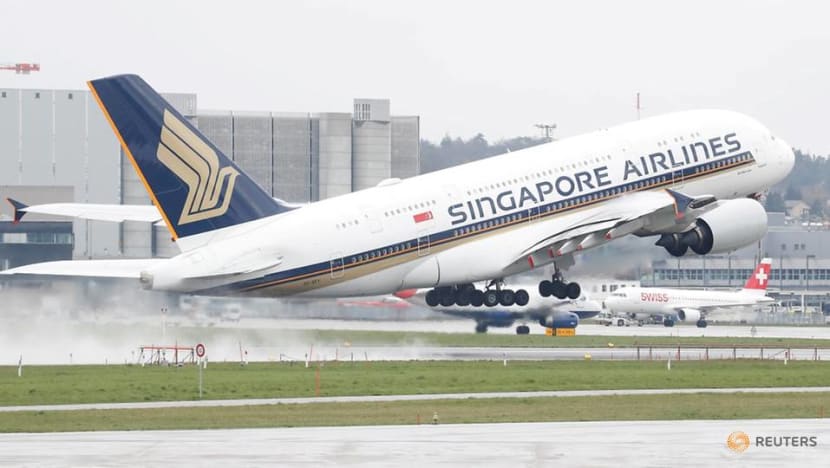
An Airbus A380-800 aircraft of Singapore Airlines takes off from an airport on Apr 9, 2019. (File photo: Reuters/Arnd Wiegmann)
SINGAPORE: The last few months have not been kind to airlines.
Lacking domestic traffic, Singapore Airlines (SIA) has suffered more than others.
Other than a successful and large S$15 billion capital-raising exercise backed by Temasek, the bad news has from SIA has been relentless especially in recent weeks.
With more than 96 per cent of its fleet grounded, over the past two months, SIA has been forced to announce across-the-board paycuts, a large retrenchment exercise and deep pay cuts for pilots of all ranks, especially trainee pilots.
WHEN LOSSES OVER NATIONAL CARRIERS SHOULD BE CUT
Today, SIA faces an existential crisis, like no other in its illustrious history. It expects to operate under 50 per cent of capacity by the end of this financial year.
Should the Singapore Government continue to support SIA if the crisis drags on for years – whether through wage support and other subsidies? Is it throwing good money after bad money?
LISTEN: Rethinking the role of national carriers while saving Singapore Airlines
READ: Commentary: The outlook for Singapore Airlines has gone from bad to worse
How deep are Temasek’s war chests and how far should it go to help SIA weather this storm? When will the investments in saving SIA be recouped and will they ever yield reasonable financial returns?
These questions are at the top of many analysts’ mind.
I am a strong believer in free markets and often support letting go of uncompetitive businesses that have bled money in the past and have dim future prospects.
Many airlines around the world, especially national carriers such as Air India, which racked up a S$8.2 billion debt in the last financial year, satisfy these criteria. Many have been artificially propped up, sometimes for decades, by their home governments for supposed strategic reasons.
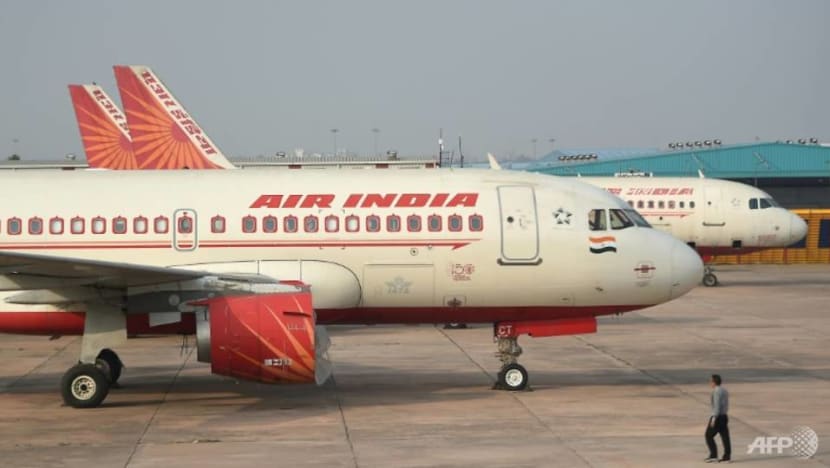
But SIA doesn’t fall into this category of perpetual money-losing airlines and deserves to be supported for many reasons beyond the several thousand direct jobs it creates in Singapore and elsewhere.
A PIONEER IN THE AIRLINE INDUSTRY THAT KEEPS ON WINNING
SIA’s birth itself was indeed an anomaly — an airline from a country with no domestic traffic. At the time, Singapore was a poor country and could support little premium traffic.
Despite these challenges, SIA set its sights on becoming a premier international carrier and made waves in the industry with its orders of latest planes, in being the first to fly the prestigious Airbus A380 in 2007 for example.
SIA has also been known for pioneering of a number of service innovations that provide a best-in-class in-flight experience, including being the first to introduce personal entertainment systems, choices of meals, and free in flight beverages, as well as individual first-class cabins in 2008.
It also earned international recognition and several accolades for superior service, including Skytrax’s Airlines of the Year and the World’s Best Airline from Conde Nast Traveler several times over the last two decades.
READ: Commentary: Flights to nowhere raise bigger questions about Singapore Airlines’ future
READ: Commentary: What the Singapore tourism vouchers are really about
Most critically, it has made healthy profits in the process, a rarity in the airlines industry which had poor financial returns over 1972 (the year SIA started) and 2011.
SIA is a well-managed airline and its current financial troubles are the first time it has incurred large losses over multiple quarters. SIA had weathered previous crises including the September 11 terrorist attacks and the SARS crisis without any government assistance.
A KEY PRONG OF SINGAPORE’S AIR HUB STRATEGY
A second justification for continued support to SIA is related to connectivity, the linchpin of a successful air hub like Changi Airport. Such air links enabling the movement of goods, people and ideas are fundamental drivers of growth for countries.
Good connectivity not only boosts tourism, which accounts for 65,000 jobs and contributed 5.4 per cent of 2019 GDP, but is also important for attracting businesses to Singapore.
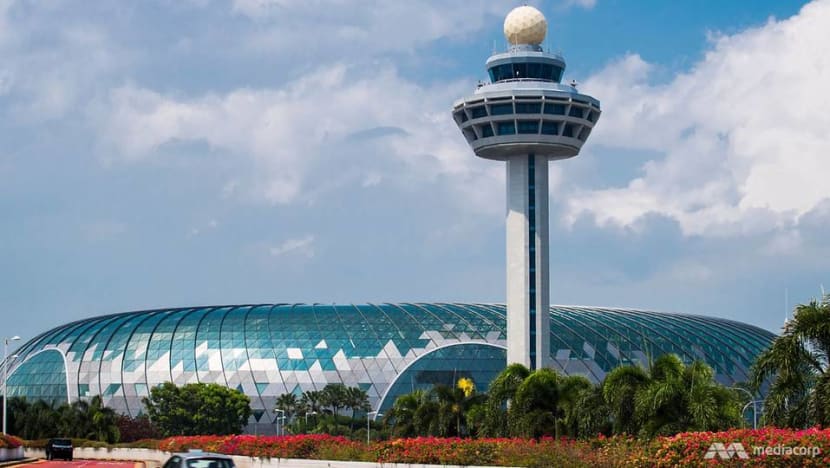
Superior connectivity to global business centres and regional cities, together with a stable and predictable government, strong protection for intellectual property, investment friendly policies and a well-trained workforce, are Singapore’s key advantages in attracting foreign companies looking to operate out of Asia, in an environment where competition for multinational investments has intensified.
Prior to the coronavirus outbreak, SIA Group accounted for more than half of all flights out of Changi Airport.
Without a home-grown airline that runs on commercial discipline but also has national development on its agenda, Singapore’s future connectivity cannot be guaranteed.
While foreign airlines can fill the void, they chase after profits on a regional or international level. They may cut service during unusual times, particularly during crisis, in ways that may be inimical to Singapore’s national connectivity interests and trade strategy.
READ: Commentary: Here's how Singapore can take the reins of opening up travel bubbles safely
READ: Commentary: Our flights of fancy have stopped but were they all that romantic anyway?
Just think of how American Airlines suspended service from Chicago to China altogether in 2018, and dropped Puebla and Glasgow entirely from its international route map that same year so it could add more flights to Dubrovnik, Berlin and Bologna.
A MULTIPLIER EFFECT FOR SINGAPORE’S AVIATION SECTOR
Another reason for saving SIA is that its airline business has a multiplier effect sustaining a strong aviation ecosystem and air hub. As a national growth strategy, Singapore’s longstanding strategy in developing the aerospace and aviation clusters has paid off.
Today, the sector is home to 130 firms includes numerous airlines that serve Singapore, world renowned aerospace names like Rolls Royce, Airbus and General Electric, many other businesses that perform related activities such as aircraft repair and refurbishment, creating more jobs and adding to Singapore’s GDP.
In fact, Singapore is Asia’s leading one-stop solutions provider for aircraft maintenance, repair and overhaul (MRO) needs, contributing 10 per cent to global MRO output. SIA and its affiliated companies such as SIA Engineering constitute important parts of this 22,000-strong cluster and the centre of many joint ventures in the sector.
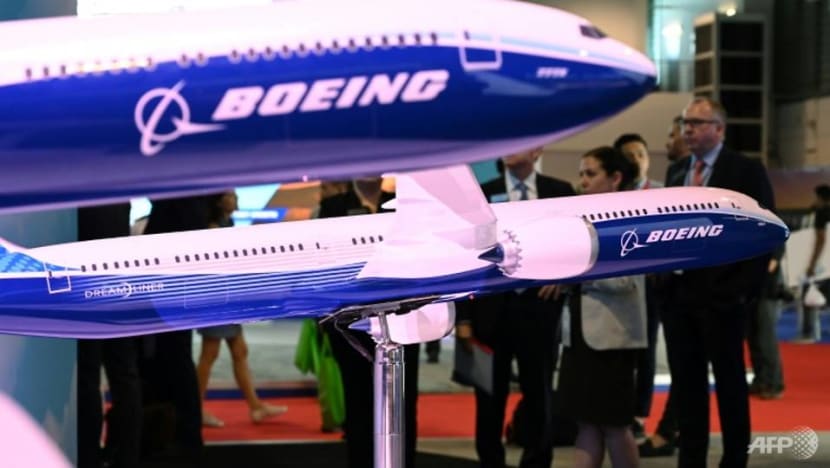
When air travel does resume at pre-coronavirus levels eventually, these services will be in demand.
SILVER LININGS IN THESE DARK CLOUDS
SIA and its investors can take heart from a few factors. First, SIA has a substantial cash hoard from its recent capital-raising exercise. While some of that money has been spent, many big expense items have been written off – including this coming fiscal year’s S$2.6 billion worth of hedged fuel.
Going forward, SIA’s losses are likely to be minimised as costs have been cut through slashing capital expenditure, as well as retrenchment and other exercises such as pay cuts when payroll accounted for 18 per cent of costs.
All this means that SIA is unlikely to need further capital injections, unless the crisis drags on much longer than three more years.
Second, there are signs of opening up of international traffic, though it is too early to predict when air traffic will return to even a fraction of pre-COVID-19 levels.
READ: Flights grounded, fewer repairs: Singapore’s aerospace industry feels knock-on effects of COVID-19
LISTEN: COVID-19: Aviation and flying never ever the same again
Incremental revenues with the opening up of international routes will lead to a disproportionate impact in terms of reduction of losses because costs are largely fixed, assuming airlines will be allowed to fly over the next few months. However, traffic volumes may return very slowly because of concerns and fears.
I have also assumed that SIA management will continue to be flexible and dynamic as in the past, by running a lean and mean organisation and adjust its strategy to defer new plane deliveries and reduce fleet size, as well as shift the emphasis away from premium travel, which may be facing structural, long-term challenges.
While the current crisis represents the biggest test in its almost 50 years history, investors, including the Singapore Government may be rewarded by being patient. Its move to limit support through rental waives, rebates and the Jobs Support Scheme that have a time bar tackles the issue of moral hazard.
As for Temasek’s backing of bonds for SIA, it would do well to remember that crisis can bring opportunities – if one takes smart bets. The US government had granted America West airlines a loan for US$429 million after the 9/11 attacks in exchange for equity. The stake was sold later for a 30 per cent return.
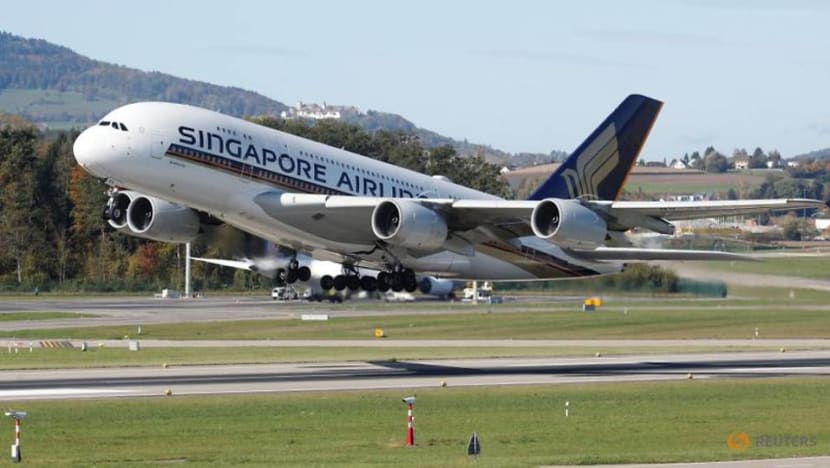
While the current crisis has impacted SIA, it is poised to emerge better capitalised and in better shape than most other airlines, meaning also SIA may have fresh acquisition options of ailing airlines to diversify its portfolio and bolster its overall position.
Public health considerations have meant that international traffic has come to standstill. This can be debilitating in an industry as capital-intensive as airline, which will mean consolidation as demand is dampened over the next few years.
These are unprecedented times but the problems, which are environment-related and not airline-specific, should not distract Singapore from the need to support its national carrier through this temporary turbulence.
Nitin Pangarkar is Associate Professor in the Department of Strategy and Policy at the National University of Singapore Business School and author of Flying High in a Competitive Industry: Singapore Airlines.















